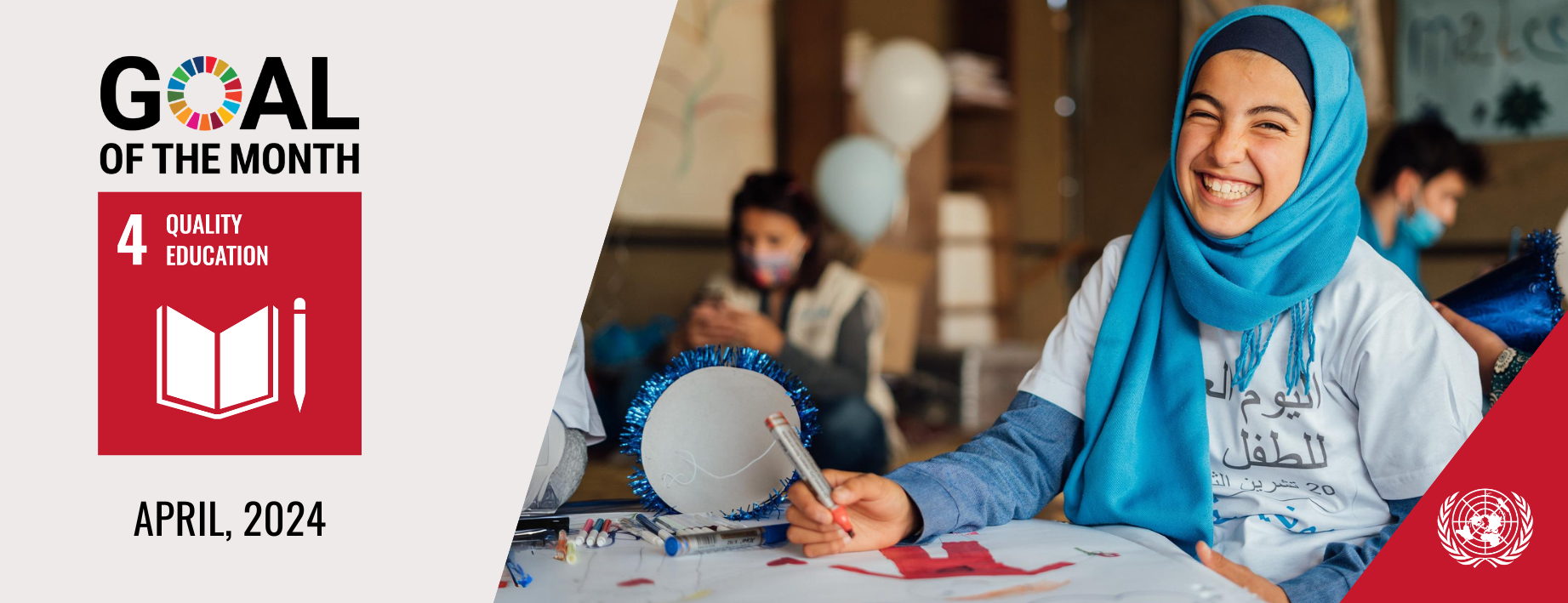
Where We Are
SDG 4 – Quality Education – aims to ensure inclusive and equitable quality education and to promote lifelong opportunities for all.
Although some progress towards SDG4 has been made, the pace of change is slow and uneven, with significant disparities across geographies, gender and age. Adult women, for instance, still account for almost two-thirds of all adults unable to read, and 250 million children remain out of school. In addition, the COVID-19 pandemic has caused a global learning crisis: the disruption and school closures have caused learning losses in 4 in 5 countries, with 147 million children having missed over half of in-person instruction in 2020-2021. However, Sub-Saharan Africa has seen the out-of-school population at primary and secondary levels drop from 44% to 29% in 2020, and youth literacy rate increase from 66% to 77.5%.
If no additional measures are taken, only one in six countries will achieve universal access to quality education by 2030; and even if countries deliver on the target progress stated in their SDG4 benchmarks, 84 million children are still at risk of being out of school by 2030. Renewed effort is required to address persistent challenges to ensure that no one is left behind. Education systems must be re-imagined, and education financing must become a priority national investment. In Africa alone, an additional $77 billion is needed for countries to reach their educational targets and 17 million new teachers must be recruited.
Education intersects across all the SDGs enabling the cycle of poverty to be broken, inequality reduced, individuals empowered to lead sustainable lives, and tolerance and peace promoted.
What challenges remain?
According to national education targets, the percentage of students attaining basic reading skills by the end of primary school is projected to rise from 51 per cent in 2015 to 67 per cent by 2030. However, an estimated 300 million children and young people will still lack basic numeracy and literacy skills by 2030.
Economic constraints, coupled with issues of learning outcomes and dropout rates, persist in marginalized areas, underscoring the need for continued global commitment to ensuring inclusive and equitable education for all. Low levels of information and communications technology (ICT) skills are also a major barrier to achieving universal and meaningful connectivity.
Where are people struggling the most to have access to education?
Sub-Saharan Africa faces the biggest challenges in providing schools with basic resources. The situation is extreme at the primary and lower secondary levels, where less than one-half of schools in sub-Saharan Africa have access to drinking water, electricity, computers and the Internet.
Inequalities will also worsen unless the digital divide – the gap between under-connected and highly digitalized countries – is not addressed.
Are there groups that have more difficult access to education?
Yes, women and girls are one of these groups. About 40 per cent of countries have not achieved gender parity in primary education. These disadvantages in education also translate into lack of access to skills and limited opportunities in the labour market for young women.
To learn more about the Goal of the month, please visit Education - United Nations Sustainable Development
Source: UN Department of Global Communications (DGC)
 Welcome to the United Nations
Welcome to the United Nations